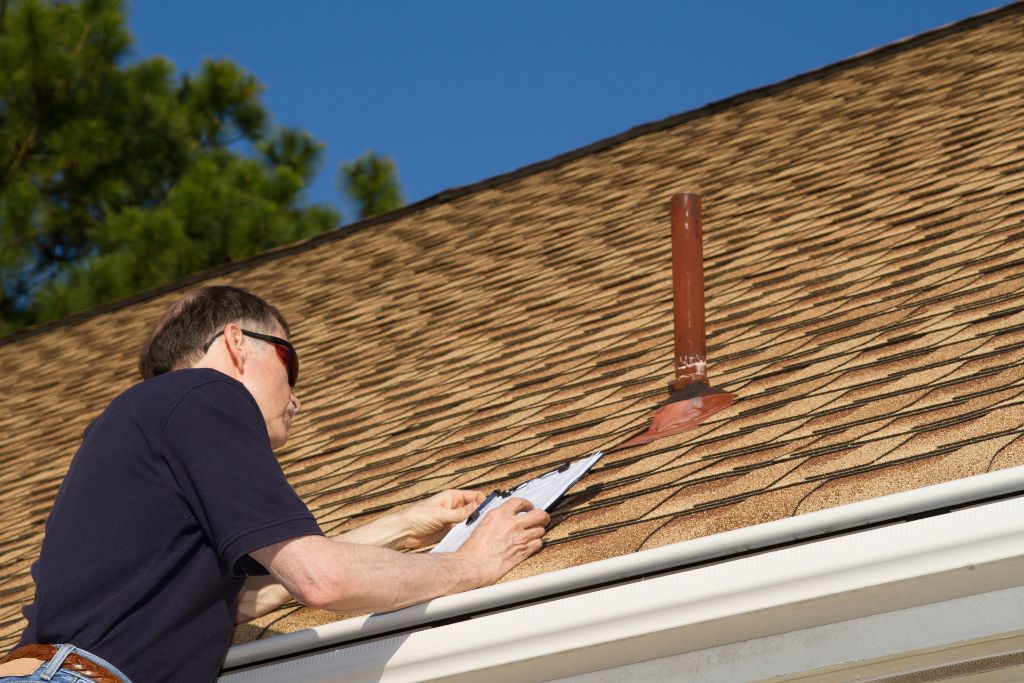Why Skipping Drip Edge Will Cost You Thousands

When it comes to safeguarding your roof against water damage, one of the essential components to consider is drip edge. The drip edge is a small, yet crucial, feature that plays a significant role in protecting your roof’s integrity and preventing potential issues down the line. In this article, we will explore what exactly drip edge is, its importance in roofing systems, and whether it is required per code.
What is Drip Edge?
Drip edge is a narrow piece of metal or PVC material that is installed along the edges of a roof, typically under the roofing material and over the eaves. It forms a protective barrier between the roof deck, fascia, and the edge of the roof, guiding water away from vulnerable areas.
Importance of Drip Edge:
- Water Diversion: Drip edge acts as a shield against water intrusion. During heavy rainfall, water can get underneath the roofing material and seep into the roof deck, causing damage to the underlying structure. Drip edge directs water away from the edge of the roof, ensuring it flows into the gutters or off the roof entirely.
- Protection against Rot and Decay: Constant exposure to water can lead to rot, decay, and mold growth in the roof decking, fascia, and soffit. Drip edge prevents water from accumulating and infiltrating these vulnerable areas, thus preserving the structural integrity of your roof.
- Preservation of Fascia: The fascia board, located behind the gutters, is susceptible to water damage. Drip edge prevents water from dripping behind the gutters and soaking into the fascia, protecting it from rotting or warping.
- Enhanced Aesthetic Appeal: Drip edge also contributes to the overall aesthetics of your roofing system. It provides a neat, finished look to the edges of your roof, enhancing curb appeal and giving your home a polished appearance.
Is Drip Edge Required per Building Code?
Drip edge requirements can vary depending on local building codes and regulations. In many areas, building codes stipulate the use of drip edge as a mandatory component of roofing systems. It is typically required to be installed on all eaves and gable edges of the roof. These codes aim to ensure the long-term durability and protection of roofs against water damage.
Even if not explicitly mandated by code, it is highly recommended to include drip edge in your roofing system. It provides an added layer of protection and peace of mind, safeguarding your investment from potential water-related issues.
GAF, one of the leading roofing material manufacturers, generally recommends the installation of drip edge as part of their best practices and installation guidelines. Although recommended, GAF does not require the installation of drip edge in order to qualify for enhanced warranty coverage of the installed roofing system.
The Shingle Master recognizes the importance of proper water management and protection against potential water damage to roofs. Drip edge is a fundamental component that helps channel water away from vulnerable areas, such as the roof deck, fascia, and soffit. It is commonly regarded as an essential element in roofing systems for improved performance and longevity.
Drip edge may seem like a small detail in your roofing system, but its benefits are significant. It plays a vital role in diverting water away from vulnerable areas, protecting against rot and decay, preserving the fascia, and enhancing the overall aesthetic appeal of your roof. While drip edge requirements can vary, it is wise to adhere to local building codes and consider its installation as an essential component of any roofing project. By doing so, you can ensure the longevity, durability, and performance of your roof for years to come.

